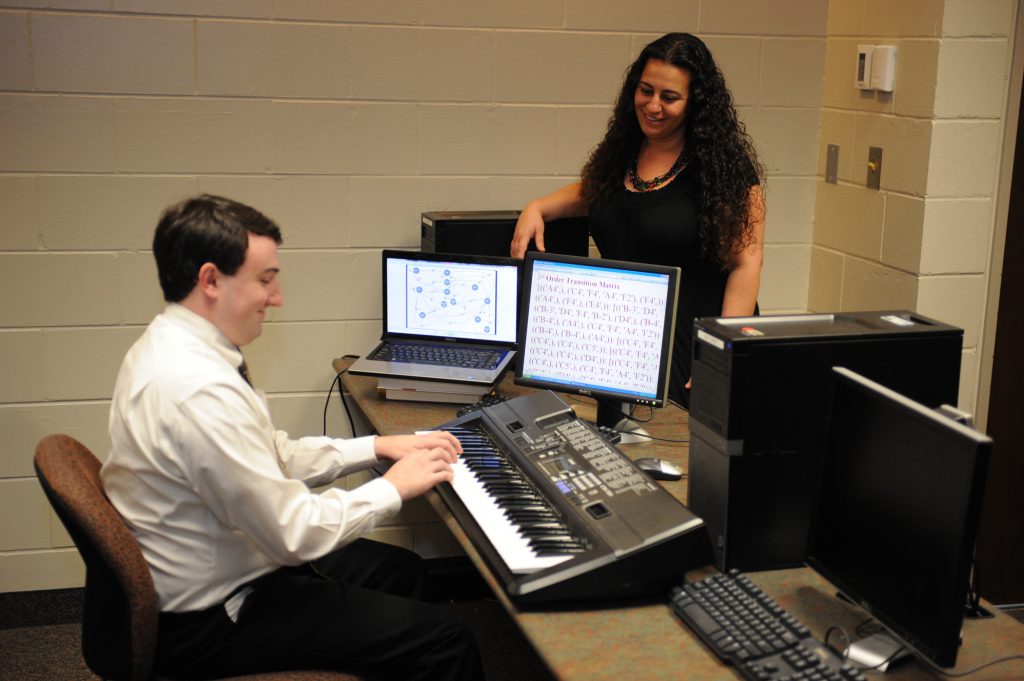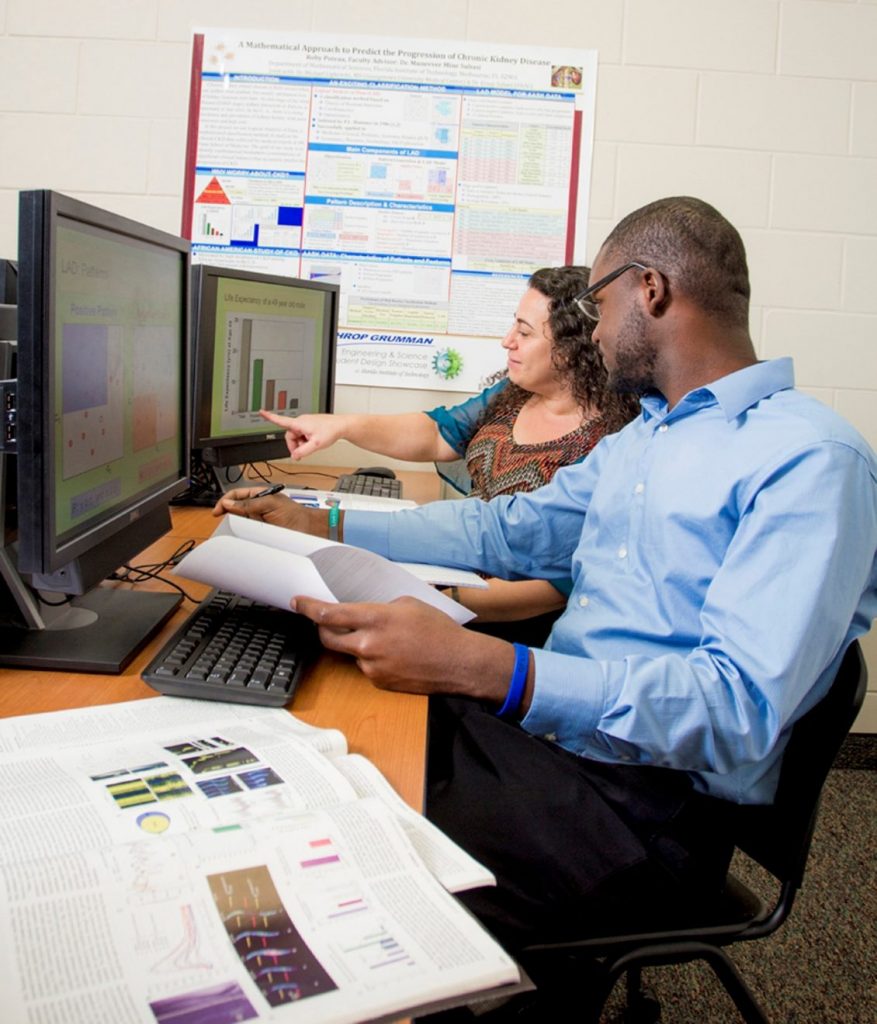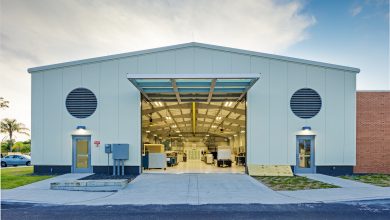Q&A: Mine Subasi Stands For … Integration
From skills to ideas to industries to communities, when it comes to progress, Dr. Subasi believes integration is, simply put, integral.
Dr. Munevver “Mine” Subasi may be a mathematician, but to her, “integration” is a lot more than a math concept.
That’s because in today’s world, “applied” mathematics means applied—to a wide range of areas aimed at tackling society’s most pressing issues, the Mathematical Sciences Department head and associate professor says.
While she approaches her research from an optimal decision-making perspective, Dr. Subasi integrates mathematics with computational tools in the medicine and finance industries in ways that could make a real difference in people’s physical and financial health.
Just as her research calls for integration, so does her community outreach, focused mainly on promoting STEM fields to young women and minorities. From skills to ideas to industries to communities, when it comes to progress, Dr. Subasi believes integration is, simply put, integral.
To start, give me a brief overview of your research.
I am a mathematician by training. Within the broader math umbrella, I focus on developing methods for efficient decision-making and their applications in medicine and finance.
In my research, I adopt a convergent approach to problem-solving that cuts across disciplinary boundaries and fosters the integration of ideas, knowledge and tools from mathematics and diverse areas of science and engineering.
My research interests primarily lie in optimization under uncertainty and data mining, and I am collaborating with medical experts, including a nephrologist from Georgetown University Hospital and several life sciences faculty at Florida Tech.
My most recent research projects in medicine focus on identification of genomic, clinical and environmental factors associated with human diseases. This includes risk stratification of chronic kidney disease patients as part of “African-American Study of Chronic Kidney Disease with Hypertension,” funded by National Institutes of Health and National Science Foundation REU Program; identification of molecular subtypes of melanoma, funded by National Science Foundation REU Program; and identification of biomarkers associated with drug resistance in breast cancer, funded by the Community Foundation of Brevard’s Kenneth R. Finken and Dorothy Hallam Finken Endowment Fund.
These projects integrate expertise in mathematics, computer science, biology and medicine with the goal of discovering genomic determinants as well as their interaction with clinical and environmental factors. The ultimate goal is to increase our understanding of human diseases and aid in developing optimized patient prognosis and treatment regimens.
In the area of optimization, I investigate new methods to solve large-scale problems where uncertainty is naturally inherent. For example, in a joint project with one of my Ph.D. students, we developed a bond portfolio optimization model for the Saudi “Sukuk” (Bond) Market.
The model enables a trader to optimize the cost of a bond portfolio while deciding what bonds to purchase, hold and sell from the marketplace based on present market conditions, where the uncertainty occurs in bond prices.
I am also involved in a joint effort with Dr. Sorin Alexe, founder & managing member at Quantitative Machine Learning Alpha LLC, and my husband, Dr. Ersoy Subasi, a Florida Tech computer engineering and sciences assistant professor. In the project, we train a group of Florida Tech students to apply machine-learning and artificial intelligence techniques to financial markets and prepare them for jobs in the finance industry.
It seems that when most people think about math, they don’t necessarily think of all the other areas it can be applied to. Do you find that to be the case?
Constantly. The math community used to be very conservative, but that is not the case anymore. When we say it is applied, we really mean it is applied—everywhere in our daily lives where a team-based and interdisciplinary approach must be adopted to address complex societal challenges.
Math is the universal language of nature. It is scientific and precise, but it also becomes very artistic when applied to model and solve real-world problems. It can be very challenging, but that is what makes it fun and exciting. Those who discover the artistic nature of applied mathematics also discover a passion for math and become motivated to learn more.
That is one of the reasons why I have been involved in and enjoy interdisciplinary projects. As a mathematician, I definitely love math for the sake of math. However, I enjoy and value the interdisciplinary nature of math that ultimately opens new avenues of research and sets the stage for innovation.
As a mathematician, I definitely love math for the sake of math. However, I enjoy and value the interdisciplinary nature of math that ultimately opens new avenues of research and sets the stage for innovation.
Dr. Munevver “Mine” Subasi, department head and associate professor, Department of Mathematical Sciences

Sounds like math could be applied to almost any industry. What made you decide to focus on the applications that you have?
Yes, the mathematical techniques that I use and develop can be applied to a broad range of areas and to industries ranging from space to medical to finance. I chose medicine and finance as application areas as a result of my involvement in collaborative projects during my graduate studies at Rutgers University and postdoctoral work at BioMaPS Institute at Rutgers and Cancer Institute of New Jersey.
I am grateful for the opportunities and training provided to me by my Ph.D. advisors and postdoc mentors, Dr. András Prékopa, Dr. Peter L. Hammer and Dr. Gyan Bhanot—leading experts in their fields—and I am trying to pass the joy and passion of conducting interdisciplinary and collaborative research to my own students.
What kinds of outreach do you participate in?
At Florida Tech, I have had the opportunity to initiate, lead or participate in several outreach activities, not only for research, but also for raising awareness of the importance of mathematical sciences and STEM in general. We still have a gender gap and limited diversity in the STEM workforce. Unfortunately, we, as the society, contribute to the lack of diversity by stereotyping and lacking encouragement.
As part of an institutional effort, I have organized several summer programs for K-12 students, including applied mathematics summer camps, research experience for high school students, girls in STEM programs organized with Dr. Mary Helen McCay and, most recently, the Florida Tech Pre-College STEM Pathway Program initiated with the support of Dr. Marco Carvalho, executive vice president and provost.
Why is outreach like this important?
The main goal of our outreach efforts is to provide K-12 students with access to role models in STEM fields, to help them discover their strengths and unique skills, and to help them build their self-esteem so that they are no longer influenced by any societal stereotyping or discouragement.
It is all about being strong, being competent and being confident. I repeat this at every opportunity: Success has no gender, no color and no nationality. Believing this is the first step to becoming a success story.
I repeat this at every opportunity: Success has no gender, no color and no nationality. Believing this is the first step to becoming a success story.
Dr. Munevver “Mine” Subasi, department head and associate professor, Department of Mathematical Sciences
Why Florida Tech?
I love the small university nature of Florida Tech. It gives us the opportunity to get to know our students and help them reach their career goals. Our engineering and science colleagues are very open-minded in terms of collaborative and interdisciplinary research. The opportunity to establish collaboration with the experts in diverse areas aligns well with my academic training, professional preparation and career goals. This fosters the integration of ideas and increases the overall productivity.
I believe Florida Tech is a hidden gem on the Space Coast. With skillful and very dedicated faculty and staff, motivated and talented students and continuous support and resources provided by the administration, our mission to maintain a culture of high-quality research and excellence in teaching becomes a reality and helps prepare our students for success. As a Florida Tech member and an academician, I feel motivated to do more and achieve more.





